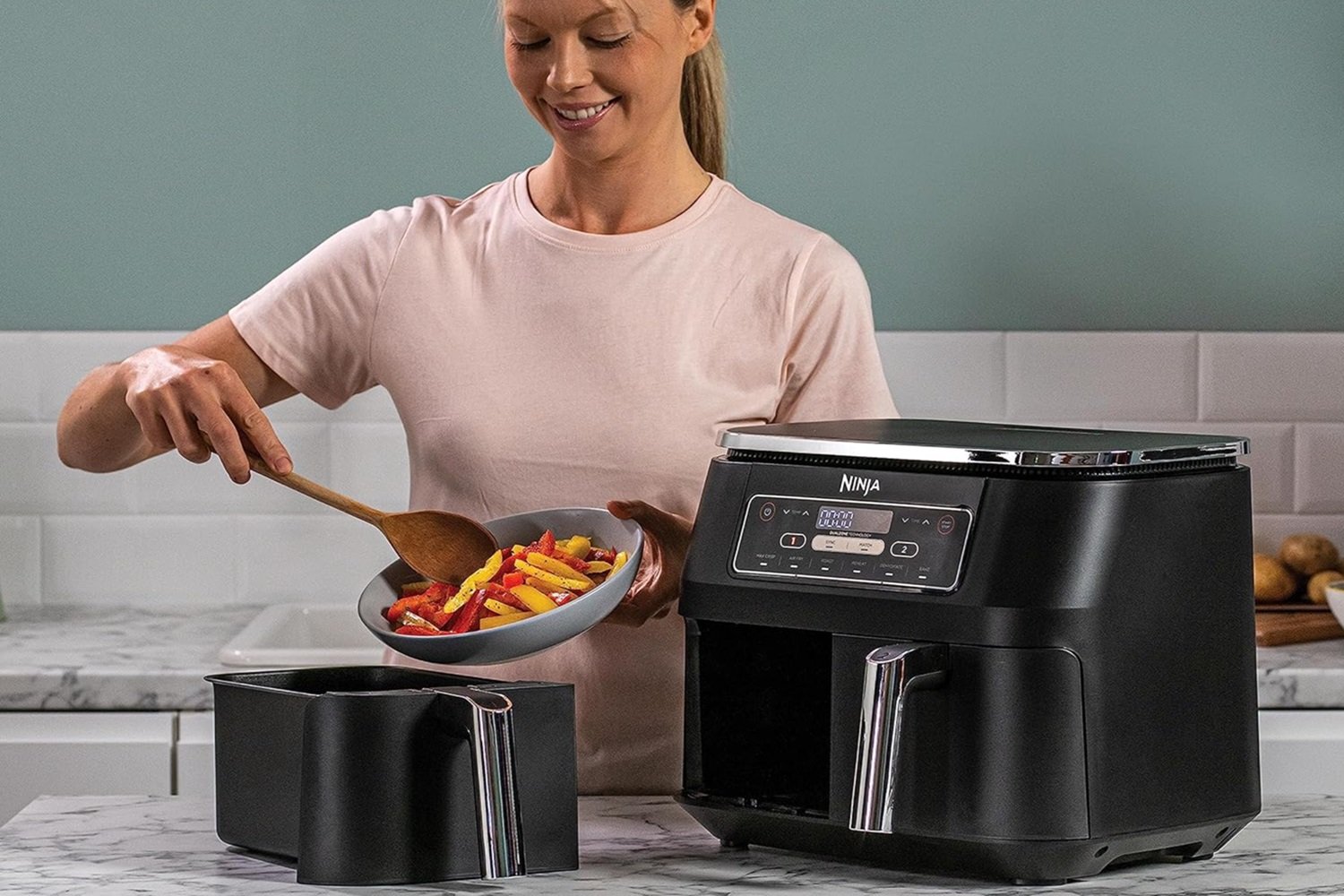Shaoxing wine is not only an astonishingly long history. In its own way, it has also turned out to be a story full of unexpected twists. Several centuries ago, during the Ming and Qing dynasties, it was a respected drink that could be found at even the most select banquets. As time went by, however, its image declined until it was practically relegated to the category of wine for stews. Now its bottles are once again enjoying a new golden era that has even led them to the menus of some Michelin-starred restaurants.
From woks to wineries.
Rethinking Shaoxing. A few days ago the South China Morning Post (SCMP), a Hong Kong-based newspaper, posed a peculiar question to its readers: “When you think of Shaoxing wine, do you imagine it in a glass or boiling in a wok?” In Spain and without a clear reference to what exactly Shaoxing is, the question may seem strange, but it makes perfect sense in China.
There its name, aroma and amber color are automatically associated with kitchens, where it is used to season dishes, especially reinforcing salty and sweet flavors. So, answering SCMP’s original question: yes, the most likely thing among your readers is that Shaoxing is automatically associated with stews more than with a wine list. Or at least that’s how it was until now.

A wine… and ancient history. Uses aside, if this variety of products can boast of anything huangjiua yellow wine very popular in certain regions of China, is history. The historical origins of Shaoxing can be traced back millennia, to the Spring and Autumn period (770-476 BC) and the Changing Kingdoms (475-221 BC), although it has evolved over time until, both in terms of regards its flavor, which has been sweetened, like its image. Shaoxing became popular among the most refined circles and gained weight in society.
Rise, fall from grace… Its history has not always been that of a successful drink. Shaoxing conquered the palates of the wealthiest classes during the Ming and Qing dynasties, covering a long period from 1368 to 1911, but over time it entered a period of decline that SCMP associates in part with the Japanese invasion and the guidelines of the Communist Party.
After all, wine was made with a precious commodity: rice. “The suppression policy favored coarse-grained liquors such as baijiu compared to fine grain rice wines,” reflects wine expert Chen Zhi, founder of the Dong Qu Shaoxing Wine brand. At that time, he remembers, “rice grains were prioritized as food over wine production.”

…And a new rebirth. That was the case at least for a while, until Shaoxing wine has made a resurgence, encouraged in part by China’s cultural renaissance. “With the renewed interest in Chinese traditions, more and more people are beginning to understand the uniqueness of Shaoxing rice wine,” Zhang Shun, founder of a company dedicated precisely to the production of yellow rice, tells the Hong Kong newspaper. Your image has changed. Their glasses have once again been seen as a drink that can accompany Chinese or Western dishes, not as a dressing, and even companies seem to be experimenting with their flavors.
If there is a clear indicator that Shaoxing has managed to shake off the image of serving exclusively as a cooking wine and consolidate its prestige, it is that it has managed to enter the menus of some restaurants distinguished with the prestigious Michelin stars. And not only in Asia. At the EHB in Shanghai, linked to the Maaemo in Oslo and equipped with a badge from the popular restaurant guide, Shaoxing is incorporated into its pairing program.
But what is the reason? There is not a single reason. Several factors have influenced the change of image of Shaoxing, from the growth of the Chinese economy to a reinforced interest among the youngest in their own heritage and cultural roots, which in turn has had a direct reflection in the sector, with the opening of restaurants specializing in regional Chinese cuisine. Added to all this is the commitment of some brands or the protection of the product itself, which since 2000 has had a protected designation of origin that identifies the wine produced in Shaoxing, the area of Zhejiang province where the wine is produced.
Images | Bernt Rostad (Flickr)1 and 2
In WorldOfSoftware | The oldest wine in the world is “Andalusian” and has been resting for 2,000 years. If it’s good or not, no one wants to know.












